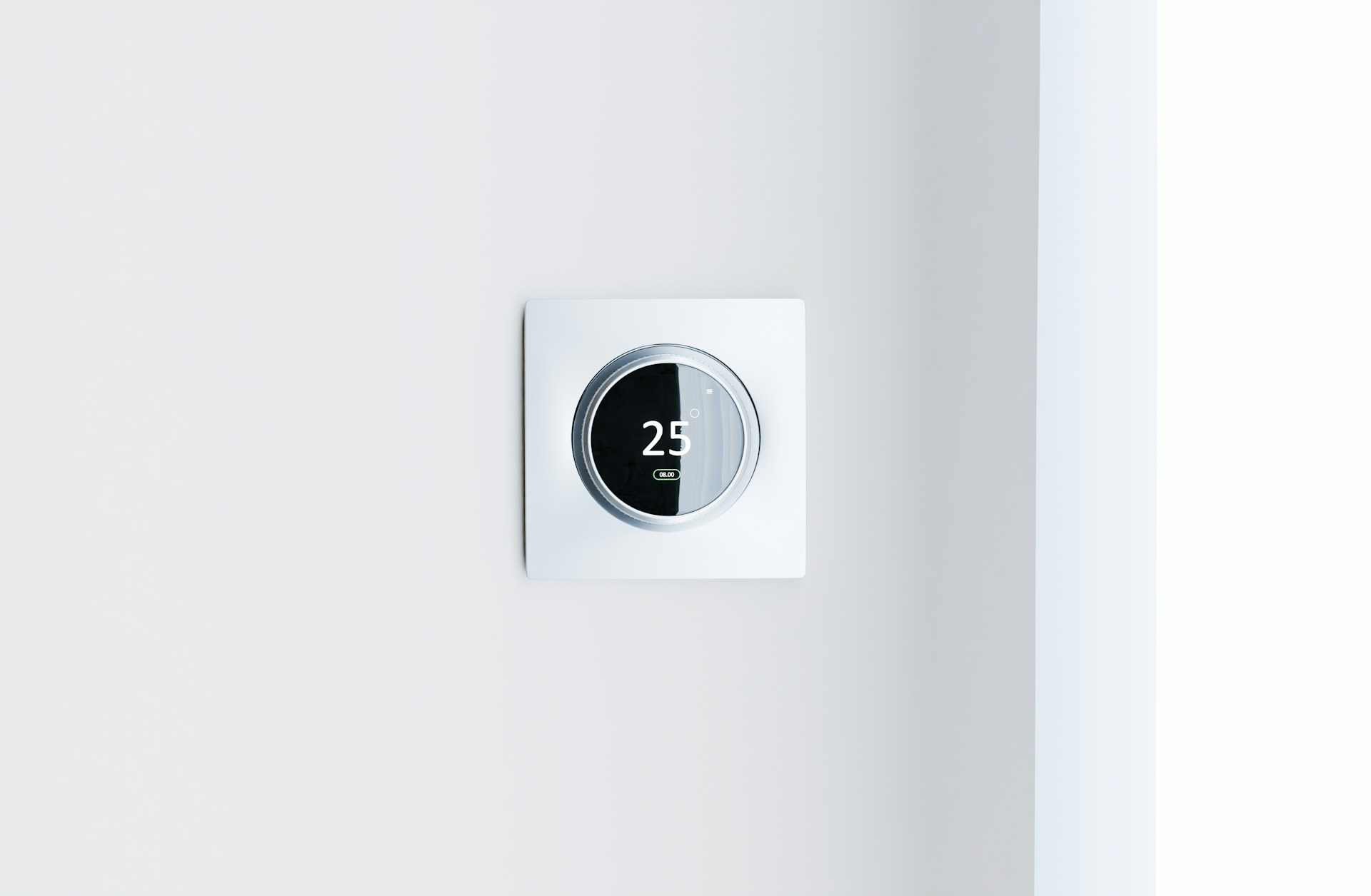Temperature mapping is like taking a snapshot of your environment’s temperature at different points and times. This helps create a detailed picture of how temperatures fluctuate in a given space, which is vital in healthcare settings like hospitals, blood banks, and pharmacies. These facilities need to maintain strict temperature controls to ensure safety and compliance with regulations. By using temperature mapping, they can pinpoint areas where temperature might be a little off, which can have serious consequences if left unchecked.
Sometimes, problems aren’t obvious until they’re right in front of you. Temperature mapping can uncover hidden issues that might be affecting your facility’s environment without you even noticing. Catching these issues early means you can fix them before they lead to bigger problems, like spoiled medications or compromised blood supplies. It’s about being proactive and ensuring everything stays within the safe range, keeping your operations running smoothly and your stored items safe.
Uneven Temperature Distribution
When temperatures aren’t consistent throughout a facility, it can spell trouble, especially in places storing sensitive materials. Temperature mapping is handy because it highlights these uneven spots that are easily overlooked. Imagine a blood bank: the main floor might be at the right temperature, but what if the far corner is warmer? That could mean stored blood products lose their integrity, making them unsafe for use.
Here’s how temperature mapping can help identify and solve these issues:
– Pinpointing Variations: By mapping out different areas, you can uncover where temperatures dip too low or rise too high.
– High-Risk Zones: Certain places, like near doors or vents, may show greater temperature swings. Identifying these spots allows for adjustments to safeguard contents.
– Adjustments and Solutions: Once you know the problem areas, you can take steps like rearranging stored items or enhancing insulation to achieve a stable climate.
Being aware of uneven temperature distribution is one way temperature mapping enhances the reliability and safety of healthcare storage areas.
Equipment Malfunctions
Even the best equipment can run into issues. Temperature mapping serves as an early warning system by showing where equipment might be on the fritz. Whether it’s a glitchy refrigerator or a struggling freezer, these are problems you want to catch early.
When this kind of equipment malfunctions in a tissue bank or pharmacy, it risks not only compliance but also safety. Temperature mapping provides insights into how well equipment performs:
– Spotting Trouble Early: By tracking changes in temperature, you can quickly spot when a device might be underperforming.
– Understanding Common Culprits: Some common issues include thermostats that give out or seals that aren’t tight, leading to temperature inconsistencies.
– Routine Checks: Regular mapping helps keep an eye on equipment health, guiding preventative maintenance before minor glitches become major headaches.
By keeping close tabs on your equipment, you make sure it functions correctly and safely, preserving the quality and safety of stored items.
Airflow Issues
Airflow might not be the first thing that comes to mind when thinking about temperature control, but it plays a major role. Poor airflow can lead to inconsistent temperatures across storage areas, affecting the quality and safety of stored products. This is important in places like hospitals, where every medicine and piece of equipment must be kept within specific temperature ranges.
Here’s how airflow problems manifest and how to address them:
– Inconsistent Temperatures: With inadequate airflow, some areas might not get enough cool air, while others may get too much. This imbalance can lead to pockets of temperature variation.
– Blockages and Obstructions: Objects placed too close to vents can obstruct airflow, preventing effective temperature regulation. Ensure shelves or stored items aren’t blocking the ventilation.
– Improving Airflow: Steps such as adjusting the arrangement of shelving units, ensuring vents are open and clear, and conducting regular maintenance on ventilation systems can all help improve airflow.
Understanding and resolving airflow issues can greatly enhance the effectiveness of temperature control measures in healthcare settings.
Insulation Problems
Inadequate insulation can be a sneaky yet significant cause of temperature fluctuations. If a storage area isn’t properly insulated, it can result in inefficient heating or cooling, leading to fluctuating temperature levels that are far from ideal for sensitive items.
Important points to consider about insulation include:
– Signs of Poor Insulation: Inconsistent temperatures, higher than usual energy bills, or areas that feel drafty could indicate inadequate insulation.
– Proper Insulation Methods: Ensure walls, ceilings, and floors are insulated properly. Use thermal curtains or barriers to help regulate temperature effectively.
– Preventive Measures: Regularly inspect insulation in storage environments, paying attention to any changes in room temperatures. Replace or repair any spots where insulation seems to be failing.
Addressing insulation problems helps maintain a stable environment, crucial for preserving the integrity of stored medical supplies.
Sensor Placement Errors
Accurate temperature monitoring depends heavily on correct sensor placement. Incorrect placement can lead to misleading temperature readings, which in turn may result in ineffective temperature management strategies.
Consider the following to optimize sensor use:
– Strategic Placement: Placing sensors in high-risk areas such as near doors or ventilation points helps to capture accurate temperature readings.
– Avoiding Obstructions: Ensure sensors are not blocked by shelves or other objects. The path around sensors should remain clear to ensure they are measuring the ambient air.
– Routine Checks: Regularly check that sensors are functioning correctly and recalibrate them as needed to ensure continued accuracy.
Proper sensor placement is key to reliable temperature monitoring, which supports safety and compliance in healthcare areas.
Keeping Your Temperature Mapping in Durham, NC Optimized
Addressing the hidden problems revealed by temperature mapping not only ensures compliance but enhances the overall safety of healthcare operations. Consistent temperatures protect the integrity of everything from blood products to medications, ensuring they remain effective when needed.
Continual monitoring and maintenance of your temperature systems help prevent unexpected changes that might go unnoticed until it’s too late. Engaging professionals for temperature mapping and monitoring means that resources remain preserved, and standards remain upheld. In places like Durham, NC, where seasonal changes can impact storage conditions, ensuring optimal temperature management becomes an ongoing priority. Being proactive means staying a step ahead of potential issues, ensuring peace of mind that items are stored safely and effectively.
For those seeking effective solutions for temperature inconsistencies, exploring the benefits of temperature mapping in Durham can lead to improved safety and operational efficiency. If you’re interested in learning how innovative systems can help maintain optimal conditions in your healthcare facility, consider the resources offered by Qualified Controls.


